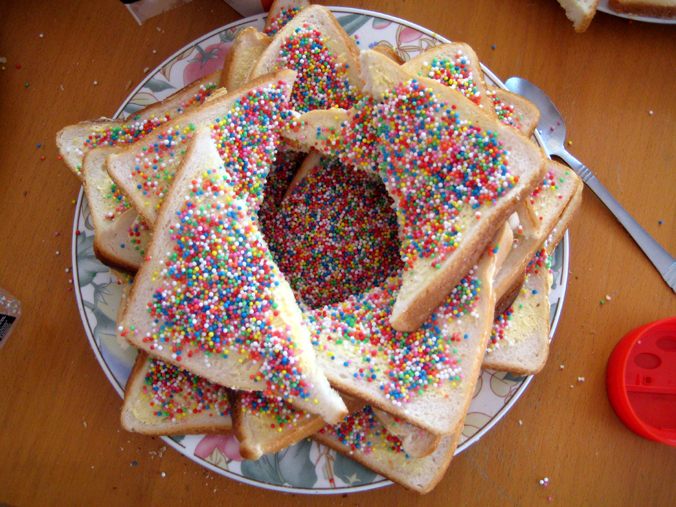How to Tell an Australian From a New Zealander
Bloody hell, mate, don’t get it wrong.

Australia and New Zealand, mostly affectionate southern siblings. (Image: Public Domain)

To Australians and New Zealanders, the differences between the two countries’ cultures, accents, and national characters are glaringly obvious. To the rest of the world, Australia and New Zealand can often get mentally mushed into one archipelago where everyone speaks with oddly shifted vowel sounds and uses the same inscrutable slang.
Add the fact that the countries’ flags are nearly identical—despite multiple campaigns to overhaul the design of each one—and you’re left with a high propensity for mistaken identity.
There are, however, some subtle yet easily spotted hallmarks of each nation’s accent and slang that will allow you to recognize the true home country of a suspected Auszealander.
The first clue is in the vowels. New Zealanders switch the “i” sound (as in “bit”) for something resembling a “u.” The classic example of this is that they say “fush and chups” instead of “fish and chips.” A New Zealand “e” also sounds like an “i”—“bed” will be more like “bid,” while “he may be dead” sounds like “he maybe did.” To make things extra challenging, the “i” sound in a New Zealand accent is more like an “e.” Watch out for the six/sex confusion. It has felled many.
Australian vowels tend to be more drawn out, with their pronunciation leisurely and flexible. This is particularly apparent in the word “no,” which can sound like “nor,” “nahhh,” or the multisyllabic “naaouuuo,” depending on how much time the speaker has available. The “i” sound for Australians can be closer to an “ee” or “oi.”
This video breaks down the vowel differences in a way that’s easy to hear:
If you don’t have an ear for accents, the easiest way to spot an Australian or New Zealander is the slang. Australians wear thongs on their feet in summer; New Zealanders wear jandals. Australians carry an esky to a picnic to keep their soft drinks cool; New Zealanders carry a chilly bin for their fizzy drinks. Both countries, however, say “bring a plate” to mean “bring food.” Commit this to memory before turning up to a picnic carrying only a piece of china.
Over-reliance on questions as statements is another way to spot an Australian. Phrases like “How good’s the weather today?” and “How tasty does that fairy bread look?” are not intended to garner responses, but merely function as statements of communal appreciation. (Fairy bread, incidentally, is sliced white bread spread with margarine, then covered in sprinkles. It is a staple at children’s birthday parties in Australia and, to a lesser extent, New Zealand.)

Fairy bread can be a red herring—while popular in Australia, it is also found in New Zealand. (Photo: Dani Lurie/CC BY 2.0)
If vowel sounds and slang aren’t giving you any clues, there is one final way to determine the speaker’s home country: ask yourself whether you find their accent attractive. Time Out’s 2015 Global Dating Survey of 11,000 people found that Australian accents were ranked fourth most alluring in the world, right above French and Italian. New Zealanders, sadly, did not appear in the top 10. The accent may be enjoyable to listen to, but apparently it’s not that sixy.







Follow us on Twitter to get the latest on the world's hidden wonders.
Like us on Facebook to get the latest on the world's hidden wonders.
Follow us on Twitter Like us on Facebook